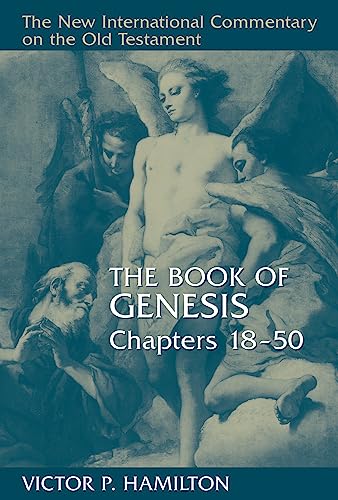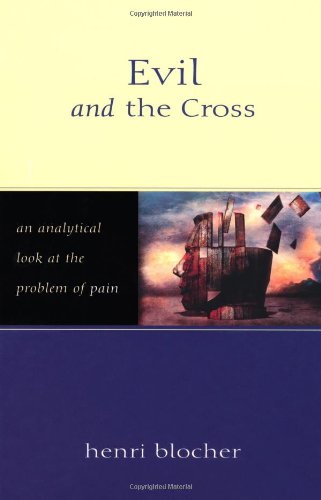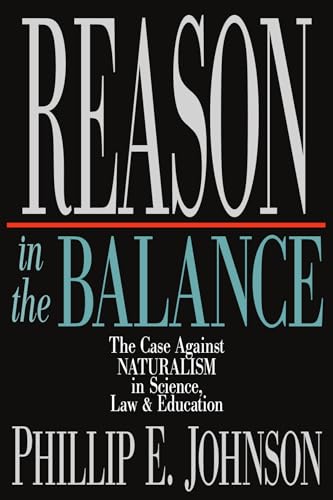The Book of Genesis: Chapters 18–50 (NICOT)
Written by Victor P. Hamilton Reviewed By Duane A. GarrettThis is the second and concluding volume of Hamilton’s full commentary on Genesis. The first volume, containing an introduction and commentary on chapters 1–17, was released in 1990. The second volume is, like its predecessor, characterized by thorough and conservative exegesis.
It is thorough in the sense that Hamilton leaves no stone unturned in the study of individual verses. His bibliography is quite large, and he routinely interacts with other scholars, examines alternative translations of the Hebrew, cites variant readings in the ancient versions, and investigates lexicographic and interpretative issues.
At times, the amount of detail is almost overwhelming. For example, on p. 269, note 5, he examines the etymology of the form ‘Bil’ in the names Bilhah (Gn. 30:3), Bilhan (Gn. 36:27), Balaam (Nu. 22:5) and Bildad (Job 2:11), but determines that the data do not allow us to draw any conclusions. On p. 445, note 4, he notes that the word ḥ in Genesis 38:23 means ‘have’ rather than ‘take’ (not really a significant issue here) and advises the reader to seek further information in a work by R. Gordis. Also, following the work of M.J. Dahood, he gives on p. 53, note 10, an interesting possible etymology of the name Moab.
I cite these admittedly minor details here because they illustrate the kind of investigations one regularly encounters in this work. To say that a scholar is extremely careful and that his work is thorough is not to make a negative criticism! It does, however, help to establish the place of the commentary and its likely audience. I was fascinated by Hamilton’s presentation of the wide range of interpretations of Joseph’s Egyptian name (Zaphenath-panea) on pp. 507–8. This is not, however, material that a pastor is likely to use in sermon preparation.
Hamilton’s work is conservative not only in its theological stance but also in the approach it generally takes to exposition. One is not likely to find eccentric interpretations in this commentary. For example, on pp. 653–62 he deals with the blessings on Judah (Gn. 49:8–12). He rejects out of hand improbable attempts to tie this text to the Judah and Tamar episode of Genesis 38. He also discards the idea that the ‘Shiloh’ prophecy (Gn. 49:10) is an anachronistic vaticinium ex eventu (a prophecy after the fact) that speaks of the expansion of the kingdom of David and Solomon. He leaves the door open to a messianic interpretation of the text (he calls it a ‘messianic oracle’ on p. 662), and he explores the messianic interpretations of the lxxand Qumran. He does not, however, attempt to show how Christ fulfilled the prophecy, apparently because he does not consider the evidence to be sufficiently clear and because the NT does not cite it (although Hamilton does point to possible allusions to it in the NT).
To cite a further example of how Hamilton is both thorough and conservative, on pp. 33–5 he effectively refutes both the notion that the Sodomites’ desire to ‘know’ the visitors in Genesis 19:4–5 was not sexual and the equally farfetched idea that the text condemns only homosexual rape and not homosexuality as such. His acquaintance with issues and bibliography here is admirable and his conclusions are unassailable.
Hamilton does not give a great deal of attention to the narrative strategy, and thus to the message, of the book as a whole. That is, this is definitely a commentary on the trees and not the larger forest of Genesis. For example, in his interpretation of Genesis 38 (the Judah and Tamar episode), Hamilton is thorough to a fault in his verse-by-verse exegesis. But he does not, to my satisfaction, explain why the chapter was included at all or what its purpose is. He does point to a number of lexical and thematic links between Genesis 38 and its context, but in the final analysis his conclusion is that Genesis 38 is where it is because the author had ‘no other place’ to put it (pp. 431–2). This is hardly satisfactory, since the chapter could have been left out altogether. In my opinion, Genesis 38 coheres perfectly within the structure of the Joseph narrative (Gn. 37:2b–50:26), and it is crucial for understanding why Judah has taken on the role of the firstborn in Israel.
Notwithstanding this concern, Hamilton’s commentary is a magnificent tool for the exegesis of Genesis 18–50. Henceforth, students of Genesis have at hand an enormous store of information and sound analysis to guide them.
Duane A. Garrett
Canadian Southern Baptist Seminary, Cochrane, Alberta, Canada







